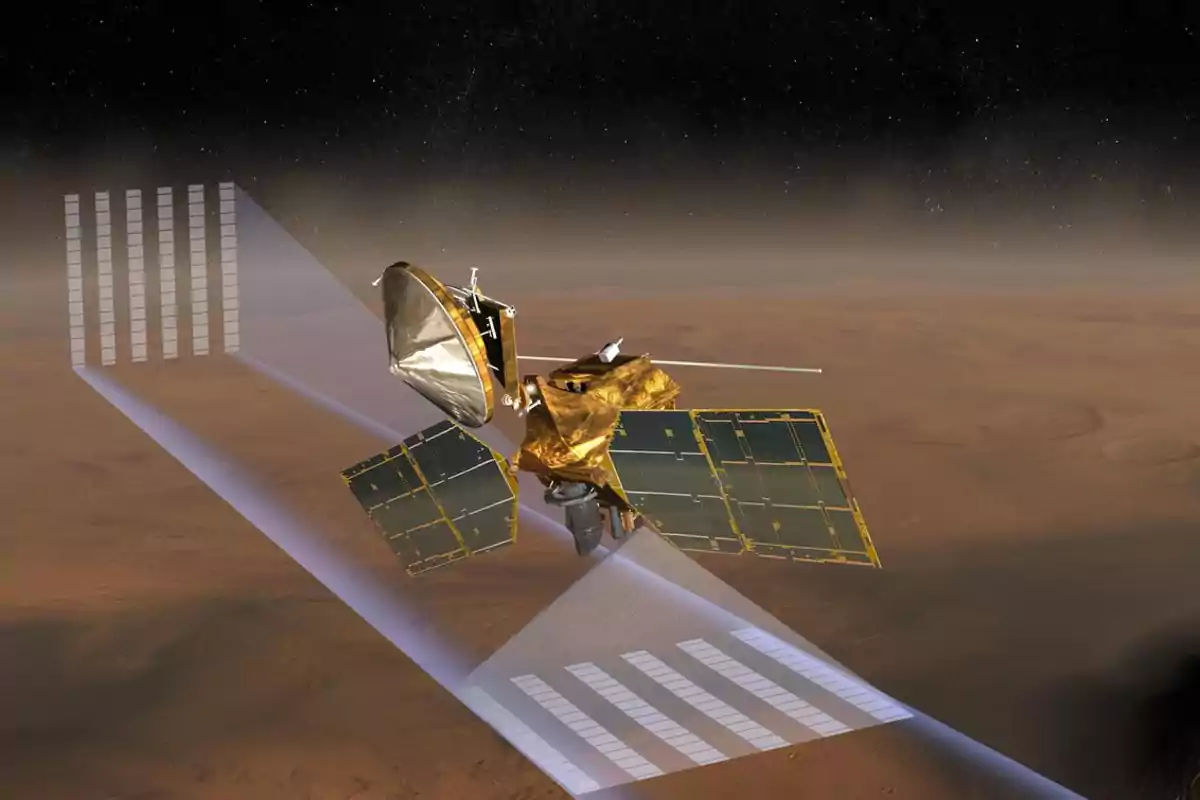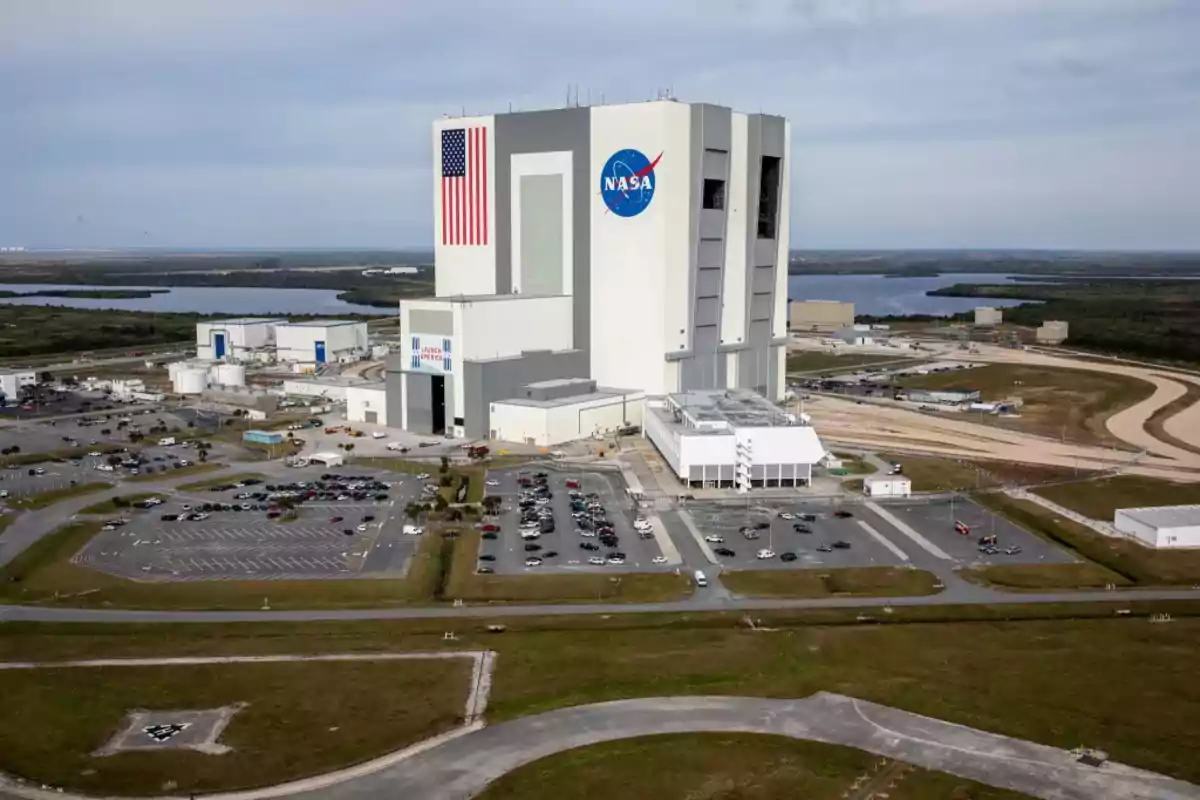NASA has been at the center of one of the most memorable and costly mistakes in its modern history. A seemingly insignificant error ended up destroying a high-value scientific space mission. What is most surprising is that the reason behind that disaster is still considered inexplicable by many.
The agency launched the Mars Climate Orbiter probe in 1998 with the goal of studying the Martian climate. Everything was going according to plan until, in September 1999, the spacecraft disappeared as it approached Mars. That failure, which today would cost more than 300 million euros, was not the result of a technical malfunction, but of an unusual and absolutely avoidable calculation error.

A technical detail that went unnoticed
The error in question has been one of the most discussed in the history of aerospace engineering, as it involved confusing inches with centimeters. The Lockheed Martin team, the project's contractor, used the imperial system, while NASA's engineers worked with the metric system. No one detected this inconsistency during the pre-launch checks.
That difference in units caused the probe to enter the Martian atmosphere much lower than planned. Instead of positioning itself at a safe altitude of 87 mi. (140 km), it descended to just 35 mi. (57 km). That drop was fatal, as the spacecraft was destroyed before it could send a single useful piece of data from Mars.
More than a mistake: a costly lesson
This mistake has had consequences far beyond the financial. Years of scientific work were lost, along with crucial meteorological data for future missions and part of NASA's reputation. The agency was forced to admit that the lack of communication between teams was the origin of everything.
After the incident, internal protocols have been reviewed and coordination between departments and contractors has been strengthened. Stricter procedures have also been established to verify the measurement systems used. This type of incident has become part of the prevention manuals in aerospace engineering.

When a small error turns into disaster
Although more than two decades have passed, the case of the Mars Climate Orbiter remains an example of how such a basic mistake can have devastating consequences. Although it is hard to believe, this error, caused by a simple confusion of units, is still considered one of the most absurd and inexplicable disasters in space history.
The episode is a reminder that, beyond advanced technology and sophisticated systems, attention to detail and effective communication are essential to avoid major errors. The probe episode shows that precision is not a luxury, but the silent pillar on which great missions are built or collapse.

